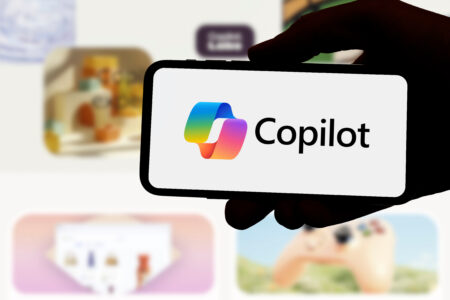Many businesses develop mobile applications to support customer interactions. They are an excellent way to provide service, support, and a better overall experience. At the same time, mobile apps have potential to provide a sometimes overlooked business opportunity—additional revenue.
The idea of monetizing apps may not be obvious to companies that generate profits in other ways. However, accelerating business growth through diversification is a well known strategy, and mobile apps can be a great way to do that. In this article, we discuss how businesses of all sizes can develop diversified revenue streams from mobile apps by leveraging effective monetization tactics.
Advertising
It may be unreasonable to expect users to pay for your mobile app because it’s inherently an extension of your business services. However, advertising is an obvious way to generate revenue beyond the service and support function.
There are several ways to present in-app advertising, and banner ads are the most explicit. You might be wary of carrying banner ads on your mobile platform because they can seem intrusive and, if not done correctly, potentially cheapen your services. So be careful, but banner ads are the quickest and easiest way to monetize an app.
More subtle in-app advertising techniques include native ads and affiliate links. With native ads, the focus is on developing advertising that sits organically within the app. This attention to detail maintains the user experience while still enabling ad revenue.
Affiliate advertising through links to other websites and apps is still more subtle. With this technique, there is even less impact on the user journey because links are incorporated at relevant points in the text or between pages.
Sponsorships
While similar to affiliate advertising, sponsorship is yet another monetization strategy. With a sponsorship model, users know from the beginning that the content provided is linked directly to a specific organization. If the content is valuable, sponsorship involvement shouldn’t dissuade consumers.
Instead of having an organization sponsor your core application, it’s better to develop a side app that focuses on a specific area. For example, a financial institution may develop a secondary application covering the best global currency transfer methods and have a sponsor underwrite it.
In-app Purchases
In-app purchases are traditionally used to unlock extra features of mobile video games or another level in a language learning course. However, in-app purchases can be more diverse and relevant to your business model.
By purchasing app upgrades, users can gain access to premium features, such as advanced customer services, priority offers, and rewards programs. Furthermore, the app can also be leveraged as a sales tool to upsell or cross-sell, providing maximum value to customers while increasing revenue. In this respect, you could make available specific packages or products that users can only purchase through the app interface.
Value in Data
Data is fast becoming the most adaptable and valuable currency for many businesses. Already, this critical resource is fueling growth in every sector, and the mobile app market is no different.
Some businesses may be unsure how best to proceed with monetizing data. There are tremendous complications when it comes to data privacy regulations and protecting consumer data. Understanding these regulations is critical for establishing usage policies, and ignoring these controls poses severe ethical and financial risks.
The data you collect can be used in many different ways. For example, your development team may decide to use the data acquired to optimize the application and boost other monetizing features, such as sales conversion. Furthermore, data can be used for ad optimization and to increase the price of certain ad features.
There is also the possibility of partnering with another organization that pays for critical insights. Again, your privacy and security provisions must be airtight if you decide to develop an initiative utilizing this strategy.
A Hybrid Approach
The methods covered in this article are by no means exhaustive, but they are the most efficient for many business owners. If your business model is solely app development, there are other options, such as the subscription model.
Also, keep in mind that businesses don’t need to put all eggs in one basket. Hybrid methods of monetization offer the advantages of diversity and multiple opportunities for growth. And that way, other bases are covered if one area doesn’t pan out as expected.








